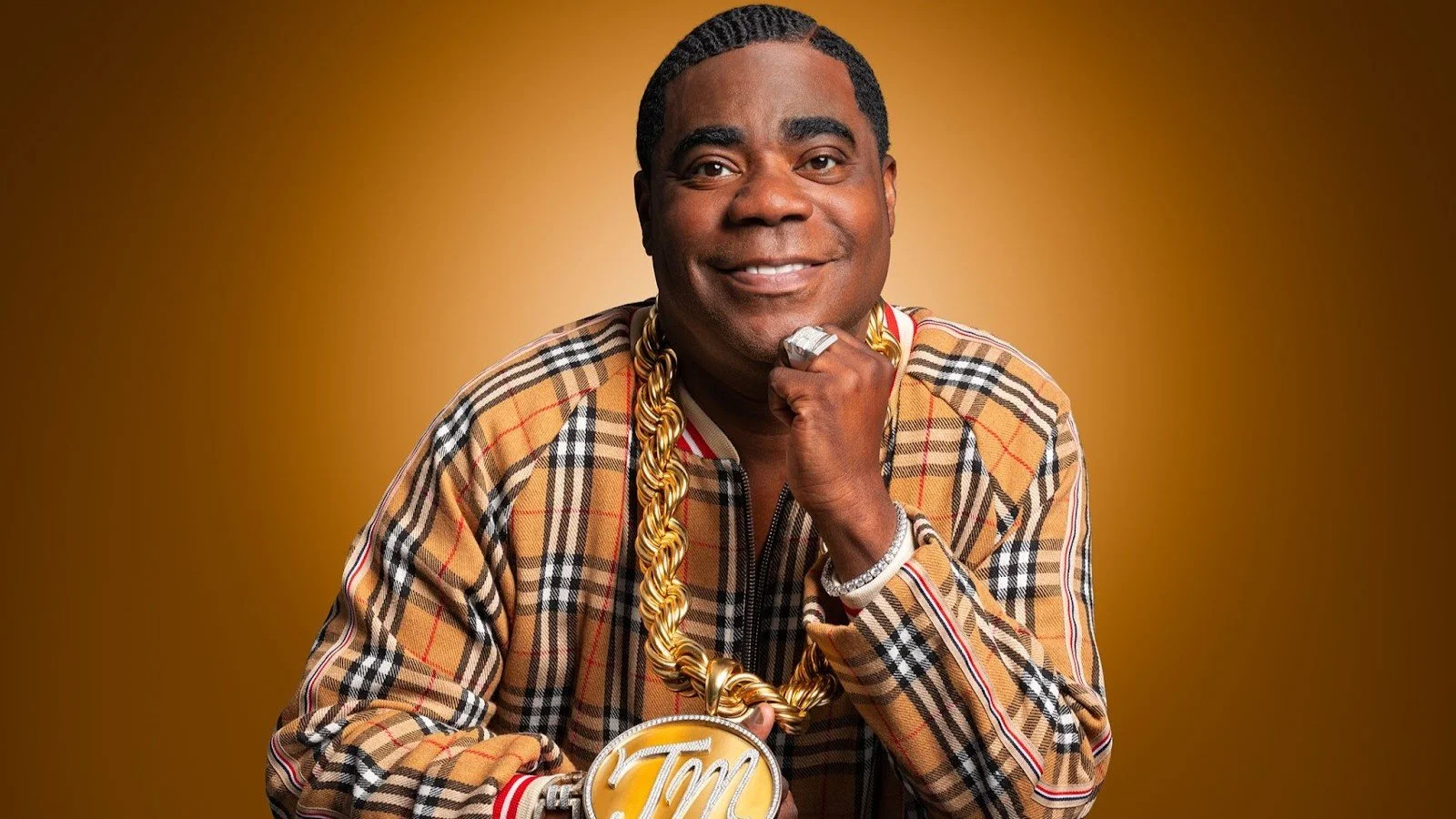Goldcrest Post Drives Post for Paramount+ Comedy “Crutch”
Goldcrest Post provided a complete package of post-production services for the 8-episode premiere season of the Paramount+ comedy Crutch. The studio hosted the show’s editorial team while also handling dailies, sound editorial and mixing, color grading and editorial finishing.
Crutch stars Tracy Morgan as Francois “Frank” Crutchfield, or “Crutch,” a Harlem widower whose empty-nest plans get disrupted when his millennial son and free-spirited daughter move back in, forcing him to navigate new family dynamics and redefine his priorities.
Created by Owen Smith, the show employs a hybrid production model with some scenes pre-recorded and others shot multi-camera style in front of a live studio audience. Pre-recorded scenes are played back during the live shoot so that the audience experiences the full episode.
Goldcrest supported this novel approach by implementing a workflow that allowed pre-recorded scenes to be quickly processed, edited and made available for the live shoot the following day. “Getting the pre-recorded scenes delivered in time for the live shoot was a big challenge,” says David Woods, the series’ post-production supervisor. “Our editors sometimes had to work into the night or start early in the morning, but they got it done. Goldcrest put together a great system that helped them make it work.”
Goldcrest’s Ryan Price was the series supervising sound editor and re-recording mixer and part of his job was to help root the show in the Harlem neighborhood where it is set through cleverly orchestrated ambient sound. “We wanted to suggest the time of season and the things people would hear happening outside on the street,” Price explains. “We drew on a huge library of authentic New York background sound. In some places, we pushed it, in others, we dialed it back. We also used sound to punctuate humor.”
Additionally, Price created soundscapes to support exteriors, including scenes set on the roof of Crutch’s home, inside a New York subway car and inside a prison. “We really appreciate what Ryan brought in terms of creativity and detail. He helped bring Harlem to life,” says Woods. “It was truly impressive.”
Another priority for the sound team was to preserve the energy of the live performance by retaining, as much as possible, audience laughter and other reactions. For that, Goldcrest enlisted the support of freelance sound artist Jack Donato, who came with a long resume in multi-camera comedy. “Editing laugh tracks is a very specific skill,” observes Woods. “It requires technical mastery to make live reactions work when you are cutting between cameras or changing scenes. For those of us who hadn’t worked in multi-camera sitcom before, it was amazing.”
Similar creativity and technical wizardry were applied to color grading, performed by Goldcrest senior colorist Sean Dunckley. “Oz Scott, who directed the pilot, and Bill Berner, our DP, wanted to push boundaries with the look of the show,” notes Woods. “They wanted it to feel like we’re in New York City and Harlem in particular so that we feel like we’re living with these characters.”
Dunckley says that color grading helped to achieve that through a look that is more realistic and nuanced than is typical for a sitcom. “The series has a cinematic look,” he says. “Owen’s vision was to expand the world of the show and move away from the idea that it was shot in a studio. Because studio lighting isn’t as high as the sun, you get harder sources. A lot of my work involved taking light off floors, furniture and actors and softening it to create a more natural look.”
Having sound mixing and picture finishing located in the same building was a big advantage, Dunckley adds. “It made our work very collaborative,” he notes. “If David was doing a session with Ryan, I could pull him out to look at something I was working on. We had more time to focus on details like visual effects and it helped the show move quickly.”
Goldcrest Post supported the show with an experienced team that also included sound department manager Nicole Tessier, sound editor Mike Suarez, mix assistants Samantha Doyle and Basia Chelchowski, senior finishing artists Larry Schmitt & Twain Richardson. “Goldcrest did a lot,” says Woods. “They provided our offline editorial system, processed the dailies, onlined the show in high resolution, delivered HDR color and produced a surround sound mix. They managed it all in a way that made it very easy for us.”

